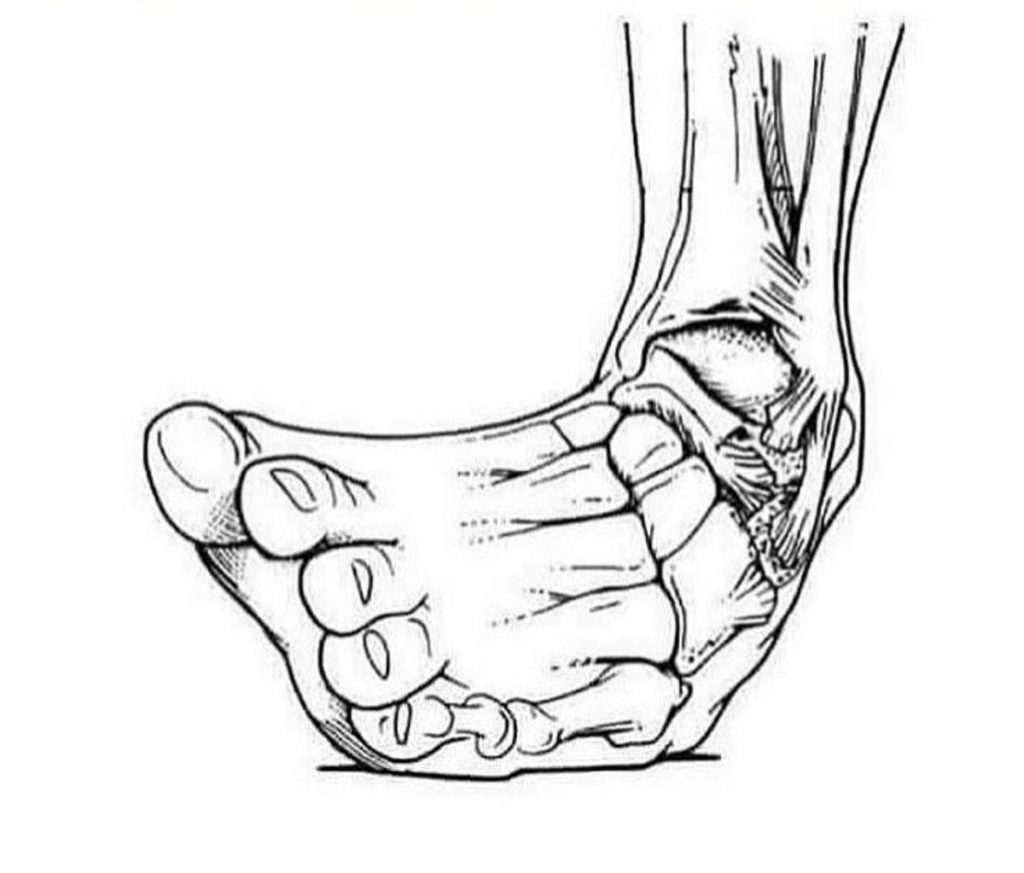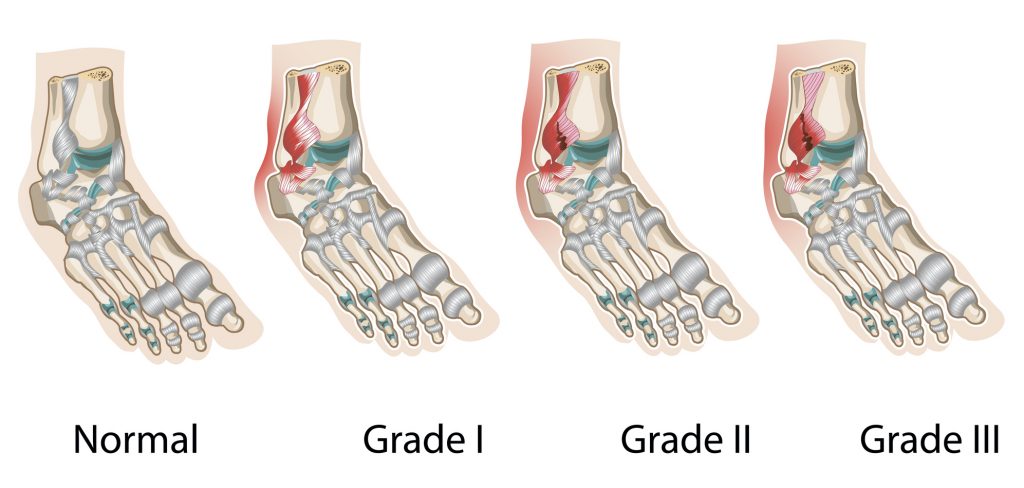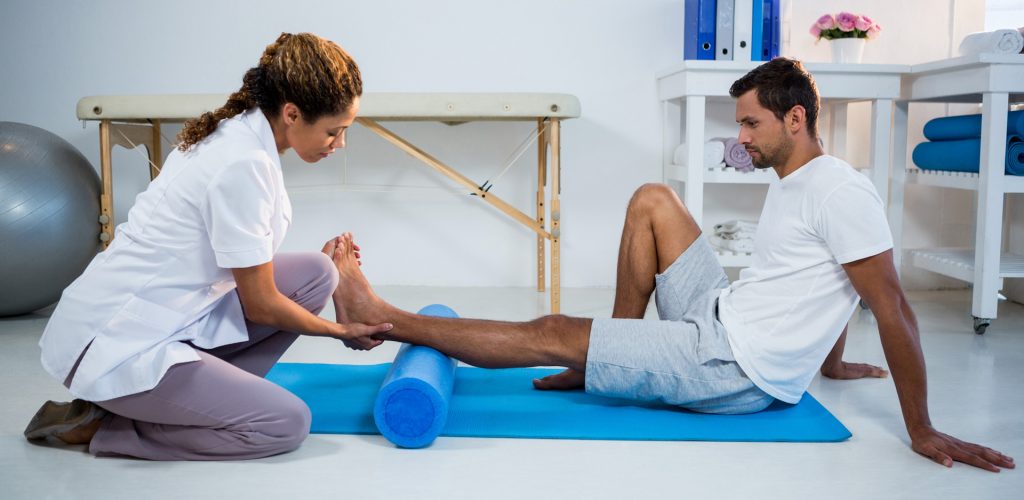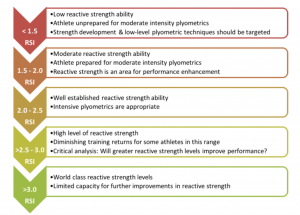Recovering from an Ankle Sprain: Expert Tips from a Physiotherapist
If you’ve ever played sports such as soccer or volleyball, then there is a good chance you are familiar with managing an injured ankle. Rapid changes of direction, constant accelerations, and uneven playing surfaces all contribute to the frequency of ankle sprains. Understanding how to recover from these injuries will help you return to play and prevent re-injury.
We are excited to partner with Jeff Rolland from Physical Preparation who has shared some of his expert tips on ankle sprains and how you can effectively manage these injuries. But first, let’s take a closer look at what exactly an ankle sprain is and the three categories of these injuries.
What is an ankle sprain?
An ankle sprain, also known as a “rolled ankle” is when one or more of the ligaments that support the ankle are partially or completely torn. Ankle sprains typically occur during sports or physical activity, with the ankle being the second most likely joint to be injured after the knee.
The most common type of injury is a lateral ankle sprain, which represents 80-90% of all ankle injuries that occur during sports. There are three ligaments on the outside of your ankle and the most often injured ligament is your Anterior Talofibular Ligament (ATFL).

What are the different grades of ankle sprains?
Medical professionals grade ankle sprains by how severe they are. The symptoms typically are the same across all three different grades but increase with the severity of the sprain. Symptoms include pain, swelling, bruising and instability while walking.
Grade I Ankle Sprain
With a grade I ankle sprain, there are a few torn fibres in the ankle. Generally, you will return to normal sports and activities in 2-4 weeks.
Grade II Ankle Sprain
In this case, the ankle sprain is caused by a partial tear in the ligament. Typically, you will return to your normal sports and activities in 3-6 weeks.
Grade III Ankle Sprain
When there is a complete rupture of the ligament it is classified as a grade III ankle sprain. Recovery from this type of sprain can range between 6 weeks to 3 months. The ligament will no longer be able to support the ankle, and therefore the patient will need to learn how to use different motor control strategies in the ankle to avoid having a chronically unstable ankle.
It is important to note that many professional volleyball and soccer players have completely torn a ligament in their ankle and continue to function at a very high level. Having a grade III ankle sprain is not a “death sentence” to your future sporting hobbies or career.
What are the most common risk factors?
The most common risk factor is a previous history of ankle sprains.
When someone experiences an ankle sprain, they will often rehab them to approximately 75% healed in the first three months post-injury. Then, it takes that ligament (provided it was a grade I/II sprain) another nine months to fully heal and return to its pre-injury level. Often, this is when we see someone return to their sports and activities only to roll that same ankle over and over again.
This can be very frustrating and, in some cases, even causes someone to feel the need to change their exercise or sport. Fortunately, there are many treatment options available to help you stay active and return to your favourite sports and activities.
How can a physiotherapist help?
As a Physiotherapist, I will perform a full assessment to understand the mechanism of your injury, the requirements of your sport or activities and determine any current limiting factors. My goal is to help you return to your activities in some capacity as soon as possible so you are not completely sedentary at home.
Immediately, post ankle sprain, I want to ensure there is no pain and the tissue is healing appropriately.
Once we have stabilized the acute injury, there are four key areas to focus on:
1. Range of Motion (ROM)
2. Strength
3. Proprioception (knowledge of where your body is in space)
4. Elasticity
Often we can restore range of motion and strength quickly within the ankle and then focus on improving proprioception through balance training. However, it is important to note that balance is task-specific. For example, having someone practice on a wobble board all the time will make them great at balancing on a wobble board but may not translate to their sport, especially when they are moving fast.
Once the patient’s range of motion and strength is improved, we can begin looking at a gradual return to play. Often, I will recommend purchasing an Ankle Support Orthotic (ASO) to wear only during practice or games for the next year. This will assist in the healing timeline of the ligament (1 year).
If we have identified any intrinsic foot issues, a pair of off-the-shelf orthotics can help. Finally, if your footwear has any abnormal wear patterns, or if I think you would benefit from different footwear, I would recommend seeing a Kintec Fit Expert to help find the right shoes for you.
Book your free footwear appointment
The final thing we want to work on in rehab is the elasticity since the ankle is like a big spring. Often post-injury we lose our “bounce” in the ankle and it is important to repair this, since elasticity is an integral element of many sports, helping to enhance performance.
I measure their elasticity via the Reactive Strength Index (RSI) which is a 30cm drop jump. Typically, we find that people have improved their slow strength in the ankle, but cannot perform rapid movements, which only show up during game scenarios. Therefore by measuring the individual’s RSI I can objectively determine if they are truly ready for a complete return to play.
Ankle sprains can occur from a variety of sports and activities. It is important to ensure your ankle is fully healed so that it does not become a chronic problem and to avoid repeat ankle sprains. Seeing a physiotherapist can help heal your ankle so you can return to your sports and activities as soon as possible. Proper footwear and bracing can also play a significant role in your ankle sprain recovery.
Jeff Rolland
References
Fong et al. (2007). A systematic review on ankle injury and ankle sprain in sports. Sports Medicine, 37(1), 73-94






No Comments